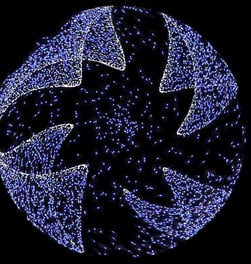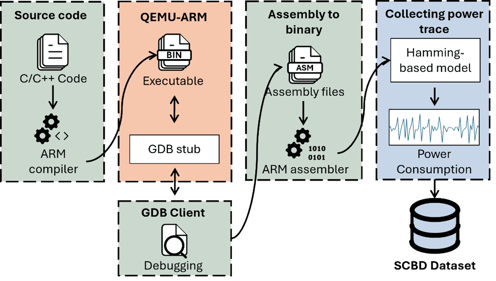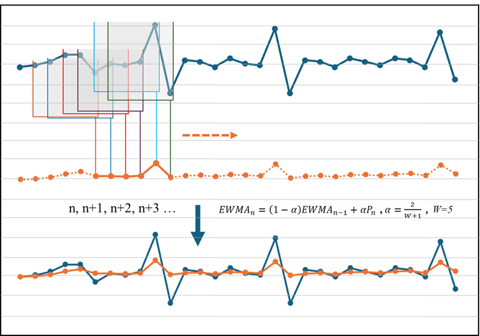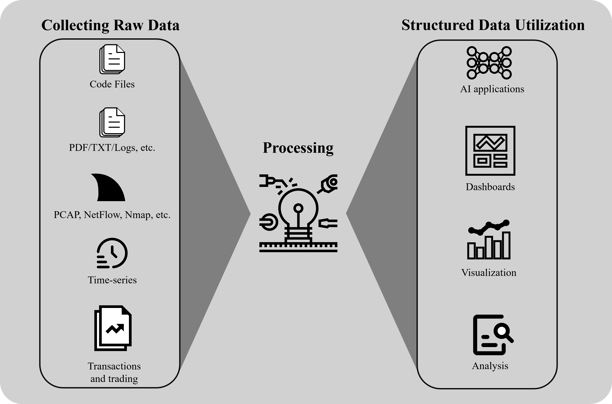
I am Saleh
A professional data scientist with extensive experience in machine learning, deep learning, and data analysis.



Make Your Data Ready for the AI Revolution.
From Raw Data to AI-Ready.
Data Preparing & Enrichment
Cleaning, structuring, and enriching raw data using feature engineering to ensure accuracy and readiness for AI-driven insights and decisions.
Uncovering valuable insights and data visualization to present them clearly through impactful charts and visuals.
Identifying artificial intelligence solutions to solve problems, improve efficiency, or drive innovation.
Data Analysis & Visualization
AI Insights & Strategy

Projects
A curated collection of projects and case studies showcasing the expertise in data analysis, visualization, and problem-solving.
Feature Engineering
The power trace suggests that the data points represent power measurements over time, which expresses a temporal nature. This technique helps smoothen or highlight certain data features depending on the statistical measure used. The figure visually describes the rolling window technique, as it assigns the output of each feature calculation (e.g., EWMA) within the window size The chosen sizes offer a balance that captures the relevant patterns without losing excessive detail.


Data Collection Pipelines
To efficiently train deep learning models for power consumption analysis, a refined dataset was created by implementing cryptographic algorithms in C, compiling them into ARM Thumb assembly using QEMU and GDB, and converting them into binary code. This dataset enables precise modeling of power consumption patterns using Hamming distance calculations, which capture bit-level transitions. The structured preprocessing ensures that DL models learn from real-world assembly instructions, aiding side-channel analysis and enhancing power estimation accuracy.




Deep Learning Pipelines
A deep learning pipeline for assembly code and power trace analysis. Key DL components include pseudo-labeling for annotation, context embedding with temporal attention for feature extraction, and a disassembly model for instruction analysis. Temporal feature engineering refines data representation while tokenizing, padding, and embedding structure assembly instructions. Finally, a dummy detection model filters redundant instructions, enhancing efficiency in assembly analysis and security applications.
Need AI-ready data? Let's discuss how I can transform your raw data into valuable insights!


